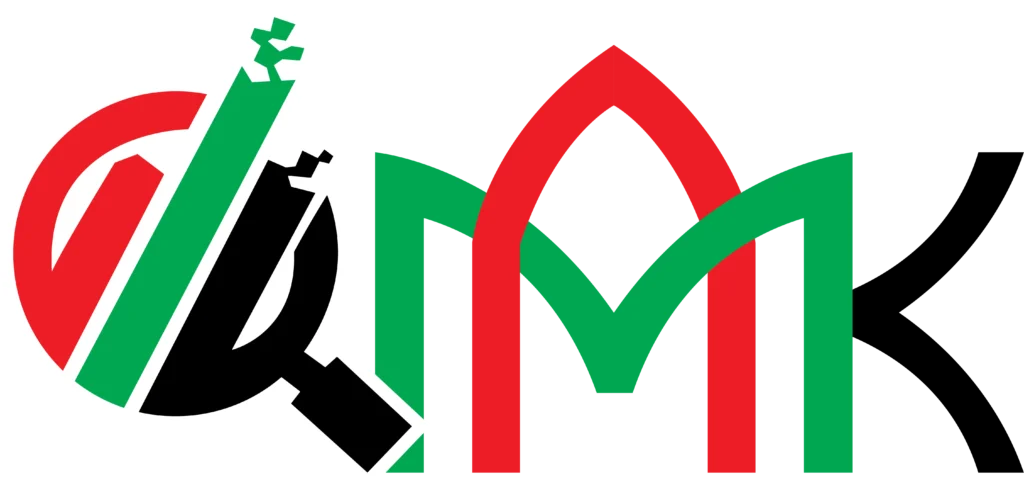Corporate Tax in the UAE: Simple, Complete Guide for Businesses 🥇
The United Arab Emirates starts a federal corporate tax system in June 2023. The law changes how companies plan profit, record cost, and file returns. The aim supports growth and builds trust with global partners. This guide explains the rules in clear steps. Each sentence follows simple subject–verb–object form. I use contractions and punctuation. I include prepositions for clarity. I keep headings close to your original meanings. I also keep keyword use light to respect your ≤0.8% density target.
Why the UAE applies corporate tax
The government sets corporate tax to reach four goals.
- It strengthens the country as a global hub.
- It supports economic transformation across sectors.
- It aligns the system with transparent global standards.
- It blocks harmful practices and promotes fair play.
Your company plans with these goals in mind. Your finance team aligns controls with the new regime.
Who pays corporate tax in the UAE
The scope covers most business activities in the country. It also covers some foreign income by resident persons.
Resident juridical persons.
A UAE company pays tax on taxable income. Mainland firms fall inside the regime. Free zone firms follow special rules. A free zone firm keeps a 0% rate on qualifying income when it meets all tests as a Qualifying Free Zone Person (QFZP).
Non-resident juridical persons.
A foreign company pays tax on UAE permanent establishment income. It also pays on state-sourced income that the law lists.
Natural persons running a business.
A freelancer or sole proprietor pays tax on business income when annual turnover exceeds the threshold set in the law. Salary and personal investment income stay outside CT.
Tax groups.
A group under common ownership may form a tax group. The group files one return. The group consolidates profits and losses under set conditions.
Exempt persons.
Government bodies, approved public benefit entities, pension funds, and qualifying investment funds may be exempt. Extractive and certain non-extractive resource activities follow separate emirate-level regimes.
Core features you should know
Rates and thresholds.
Taxable income up to AED 375,000 faces 0%. Taxable income above AED 375,000 faces 9%. Some large multinational enterprise groups face a 15% minimum under global rules.
Tax base.
Start from accounting profit prepared under IFRS or IFRS for SMEs (where eligible). Adjust for exempt income, disallowed expenses, and reliefs that the decree-law defines.
Filing cycle.
A taxpayer files the return within nine months from the end of the tax period. A taxpayer pays any due amount by the same deadline.
Registration.
A taxable person must register on the FTA EmaraTax portal. Deadlines depend on licence issuance month or on the formation date for new entities.
Books and records.
A taxpayer keeps proper records for at least the required period. A free zone person who seeks QFZP status maintains audited financial statements and transfer pricing files where relevant.
Free zones and the 0% opportunity
A free zone business can enjoy a 0% rate on qualifying income. The business must pass six tests.
- It keeps adequate substance in the free zone.
- It derives qualifying income from qualifying activities.
- It does not elect to apply standard CT.
- It complies with transfer pricing and arm’s length rules.
- It meets economic substance requirements.
- It avoids excluded activities or keeps them within de-minimis limits.
Qualifying income examples (subject to exact rules):
- Transactions with other free zone persons who are the beneficial recipients.
- Certain manufacturing, distribution in or from designated zones, and specific service lines.
- Certain qualifying IP and treasury functions when tests are met.
Non-qualifying income consequences:
Income from excluded activities or excess mainland dealings faces 9%. A breach can remove QFZP status for the period and sometimes later periods.
Transfer pricing and related parties
Related-party transactions must follow the arm’s length principle. A taxpayer selects a method, documents the analysis, and supports comparables. Master File and Local File apply when thresholds trigger. A taxpayer also completes disclosure forms with the return.
Practical controls:
- Map related-party flows with a simple matrix.
- Align intercompany contracts with actual conduct.
- Refresh benchmarks when markets shift.
- Store working papers in a dated folder.
How to calculate taxable income in five steps
- Start with accounting profit.
Use audited financial statements where the law requires them. - Exclude exempt income.
Remove domestic dividends that qualify. Remove foreign PE income when the election and tests apply. - Add back non-deductible items.
Add back fines, penalties, and non-business costs. Apply interest limitation where relevant. Review entertainment rules with care. - Apply deductions and reliefs.
Keep only “wholly and exclusively” business expenses. Apply loss relief, small business relief (when eligible), group relief, and reliefs on qualifying transfers or restructurings. - Compute taxable income and tax.
Apply 0% up to AED 375,000 and 9% above that. Apply special rates where global rules require a top-up.
Registration and first-year readiness
Prepare documents.
Collect licence, MOA/AA, IDs, lease, and signatory evidence. Prepare a simple org chart. Confirm contact email and mobile for OTP codes.
Register on EmaraTax.
Create the account, add the taxable person, and complete the CT registration form. Obtain your TRN.
Set a compliance calendar.
Add the return due date. Add dates for audited statements, TP files, and disclosures. Add reminders at T-60, T-30, and T-7 days.
Align ERP and invoices.
Use the legal name, address, and TRN correctly. Keep the chart of accounts ready for CT mapping.
Corporate tax filing workflow
Step 1: Close books.
Finance closes ledgers. The auditor issues the opinion where needed.
Step 2: Tax adjustments.
The tax team prepares the CT computation, working papers, and schedules.
Step 3: Transfer pricing pack.
The team completes the disclosure form. The team finalizes Master and Local Files where thresholds apply.
Step 4: Submit the return.
Log into EmaraTax. Complete the dynamic return. Upload schedules when requested. Submit and note the reference number.
Step 5: Arrange payment.
Pay through accepted channels before the deadline. Store the receipt with the return.
Step 6: Archive files.
Save the signed return, computation, trial balance mapping, and TP pack in a dated folder.
Penalties you should avoid
- Late registration: An administrative penalty can apply for late CT registration.
- Late filing or payment: Monthly penalties and interest can apply.
- Record failures: Penalties can apply for missing records or for not providing data in Arabic when required.
- Disclosure failures: TP or return errors can trigger penalties.
A simple calendar and a pre-submission checklist prevent most issues.
Practical planning ideas (compliant, business-first)
- Segment income streams. Tag free zone, mainland, and foreign PE lines.
- Refine cost allocation. Use simple keys to allocate shared costs fairly.
- Review contracts. Align wording with actual risk and function.
- Use safe documentation. Keep evidence for substance, decisions, and pricing.
- Train teams. Teach sales and procurement to follow intercompany rules.
Clean checklist for year one
- Confirm TRN and legal profile on EmaraTax.
- Map trial balance accounts to CT lines.
- Flag exempt income and disallowed costs.
- Prepare loss and relief schedules.
- Complete TP disclosure and files.
- Submit return and pay on time.
- Archive all evidence for audits.
What to watch in free zones
- Qualifying vs non-qualifying income. Keep clear labels.
- Excluded activities. Avoid or isolate them.
- De-minimis test. Track the ratio throughout the year.
- Substance. Keep staff, space, and decision records in the zone.
- Financial statements. Keep them audited and consistent with filings.
Simple examples to guide your team
Example 1: Mainland trading firm.
Revenue and costs sit fully in the CT base. The firm applies 0% up to AED 375,000 and 9% above that.
Example 2: Free zone distributor in a designated zone.
Qualifying distribution income can stay at 0% when all tests are met. Mainland sales or excluded activities may face 9%.
Example 3: Consultant with cross-border clients.
A sole proprietor exceeds the turnover threshold. The person registers, keeps books, and files CT on net profit after allowed deductions.
Data hygiene that supports audits and banks
Name files clearly: CT_Return_FY2024.pdf, Computation_FY2024.xlsx, TP_Disclosure_FY2024.pdf, MasterFile_FY2024.pdf, LocalFile_EntityX_FY2024.pdf.
Keep a one-page index that links to each file. Keep signatures and board minutes for key approvals.
What can help – Mubarak Al Ketbi (MAK) Auditing
Mubarak Al Ketbi (MAK) Auditing guides your team through each CT step. Our advisors map activities, review contracts, and design clean workpapers. We align your free zone substance with the rules. We build simple models for tax adjustments and loss relief. We prepare transfer pricing packs that match real conduct. We file returns on time with organized schedules. When a notice arrives, we respond fast with facts and support. We keep your compliance smooth so your leaders focus on growth—because, as the saying goes, a stitch in time saves nine.
- For more information visit our office Saraya Avenue Building – Office M-06, Block/A, Al Garhoud – Dubai – United Arab Emirates
- Or contact/WhatsApp on +971 50 276 2132













